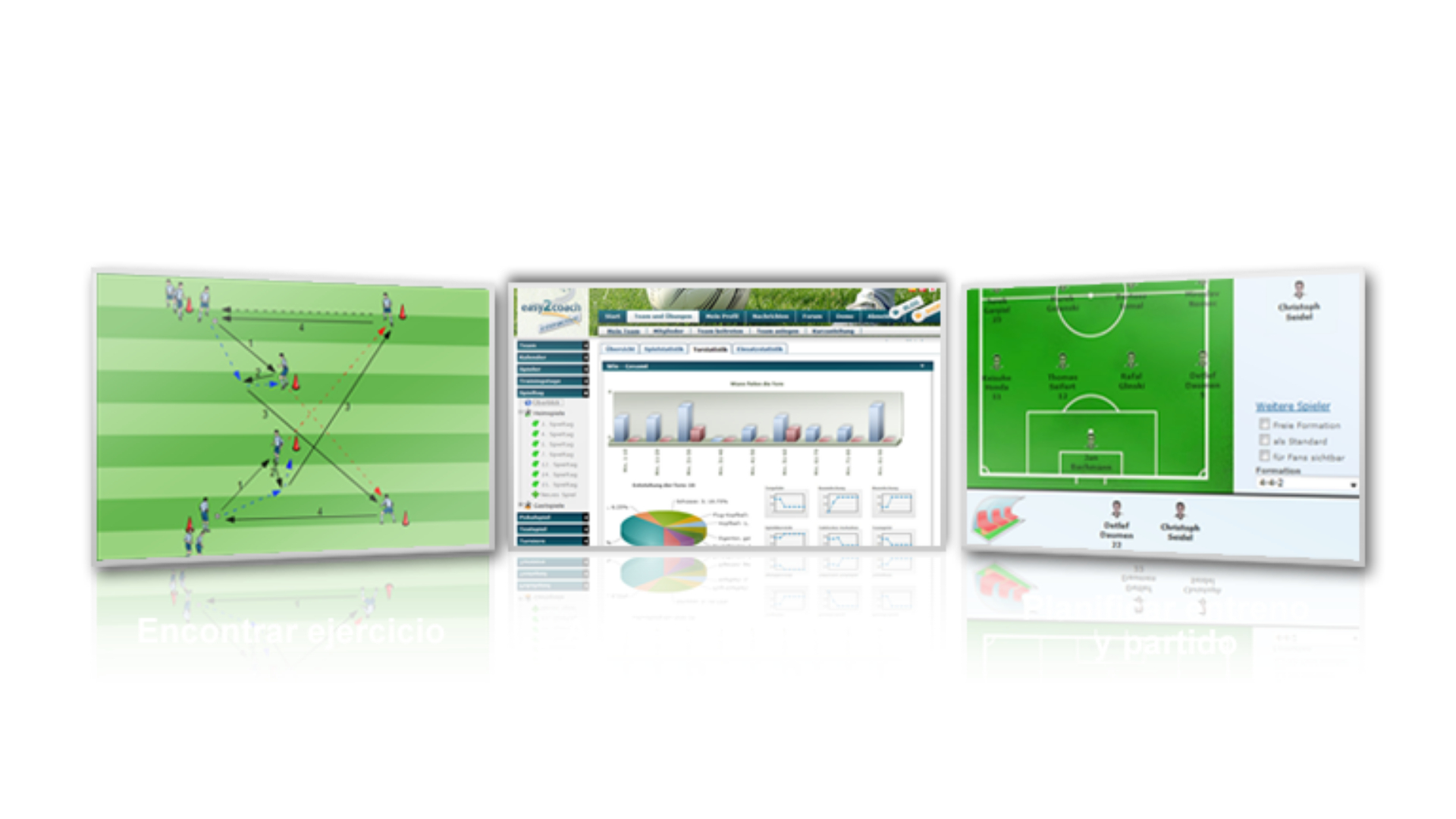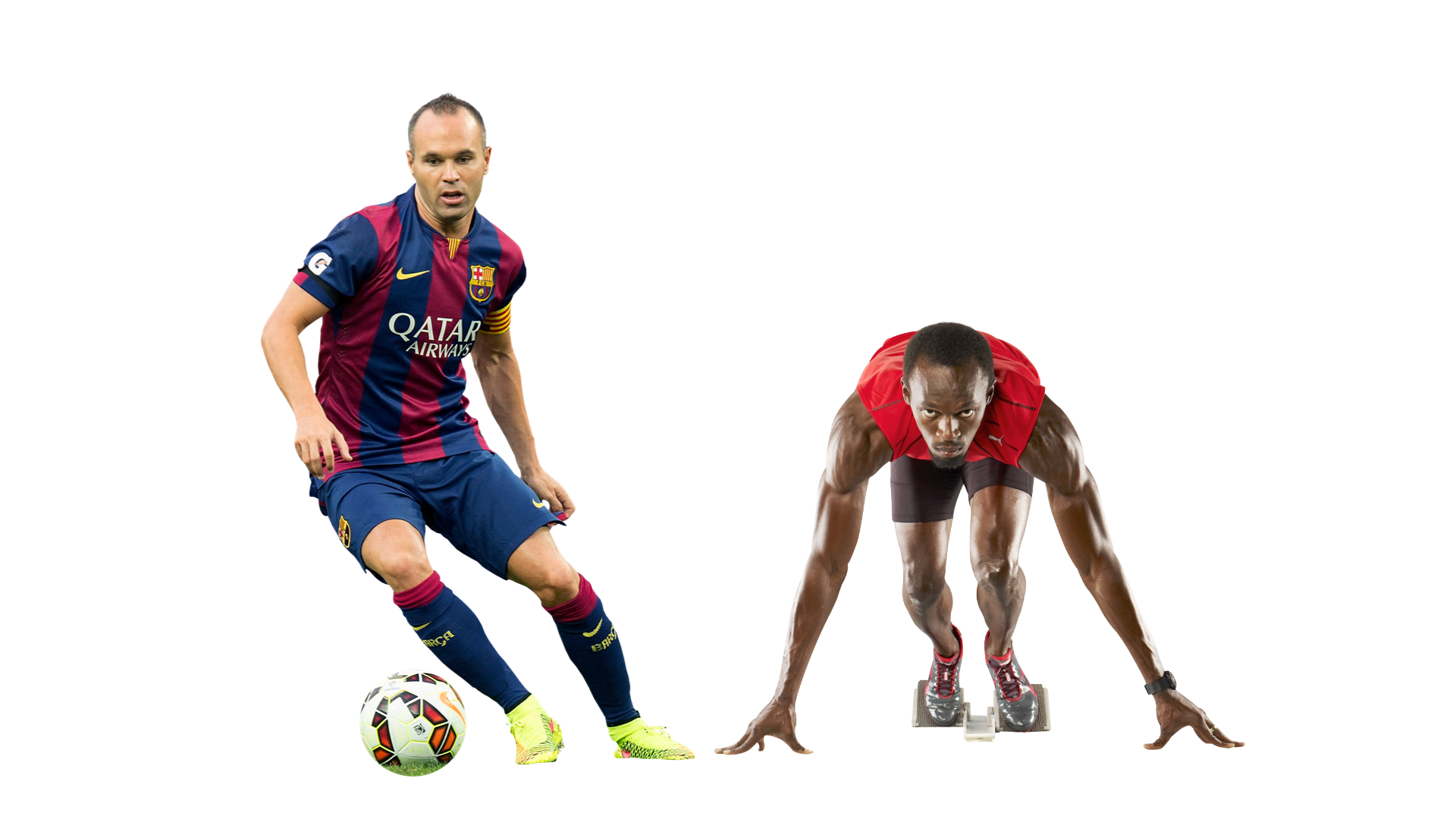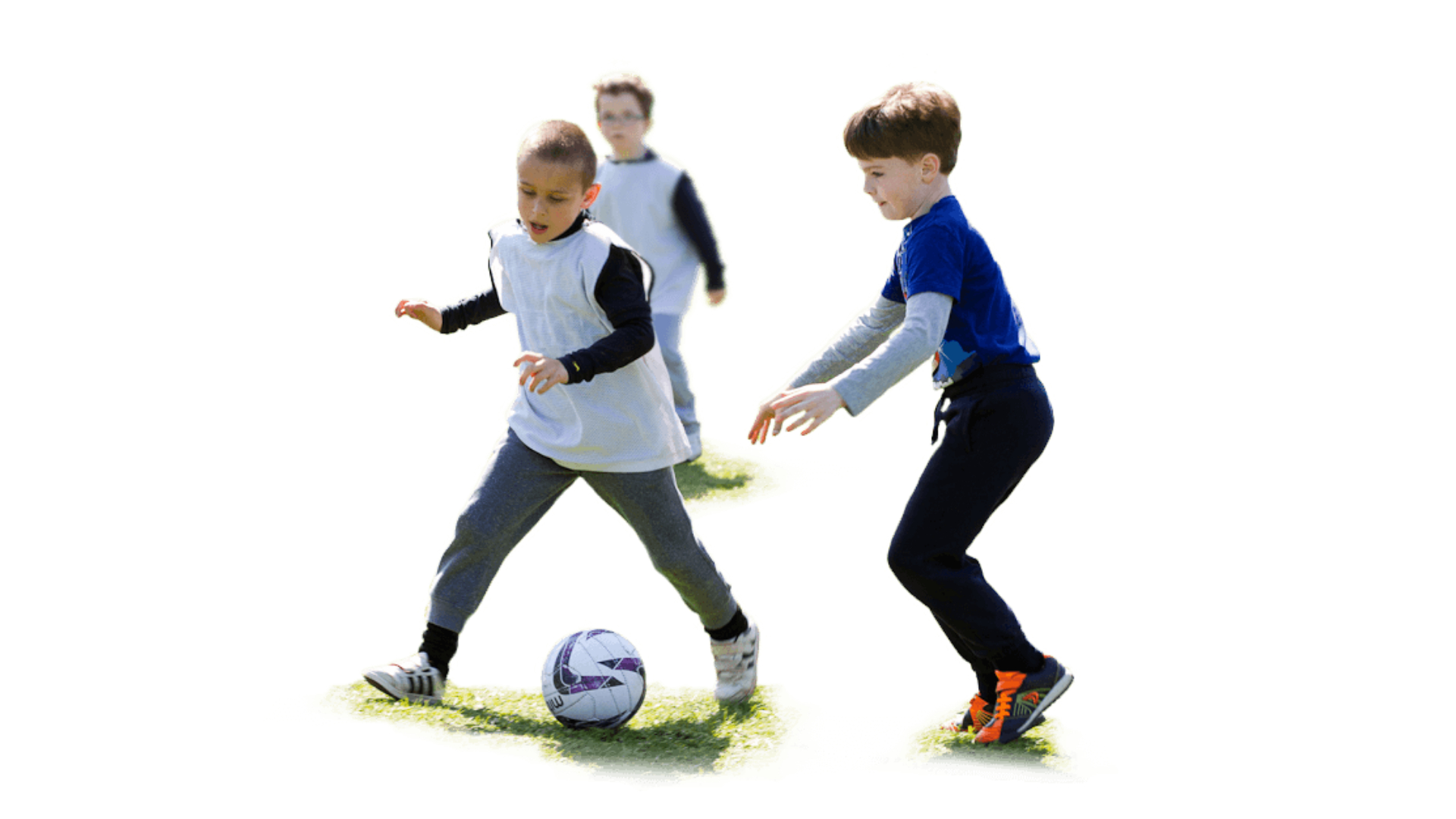METHODOLOGY
PLANNING A SEASON IN A FOOTBALL TEAM

Planning is one of the fundamental aspects of Sports Training. Planning means responding in advance to future situations, this will help us to organize the training correctly. Throughout this article we will see step by step and in a very brief way the different phases that we must follow in our planning. These are:
- Clarify the Institutional Goal for the team
- Carry out a preliminary analysis of the situation and assess the chances to success
- Design the Game Model
- Select the physical and tactical contents
- Review of the previous stages
- Develop a goal setting plan
- Periodize the training contents
- Distribute the training load
- Design tasks and training sessions
The first big question that we must answer when we start planning is «what is the Institutional Goal of our team», that is, what is that our club or entity expects from our team to achieve. This objective will vary greatly depending on the entity and the age of the players. Once the institutional objective is clarified, we will carry out a preliminary analysis of the resources available to try to verify if it is possible to achieve the goal pursued by our entity or if, on the contrary, it is too difficult and we must reformulate it. In this second phase we must analyze the following aspects:
- Who are the people in our staff?
- What characteristics do our players have?
- What facilities do we have for training?
- What materials do we have to train?
- How many training sessions a week do we have?
- How much time do we have in each training session?
Once the previous analysis has been carried out and confirmed that the Institutional Goal is achievable, we will go on to answer the main planning questions: What contents are we going to train, when we are going to do it, how long we are going to dedicate to each content, and how we are going to train each content. To answer the first question, what contents we are going to train, we must select the aspects that interest us the most from the following sections:
- Motor content: Our selection will depend on the sex, but above all on the age of the players. Having to take into account the sensitive phases of human motor development. Within this section the contents are divided into two main groups:
- Physical abilities (conditional and coordinative)
- Motor skills (basic and specific)
- Tactical contents: They are related to the player’s cognitive abilities to perceive, interpret and make decisions in different game situations, both in attack and defense. In order to reduce the player’s uncertainty as much as possible and to help them to make a good decision-making, the coach must design what we call the “Game Model”, a written document that includes what the players must do in the different phases of the game.
Once the content selection is finished, and before continuing with our planning, we must stop and reflect to check several aspects:
- First, we must verify that our players have the right characteristics to develop the Game Model that we have designed.
- Secondly, we must verify that the motor contents that we have selected are appropriate for our Game Model.
- Finally, if the two previous premises are met, we must reflect in writing a series of intermediate objectives that will help us to achieve our final goal, this is what we call the “Goal Setting Plan”.
Once the first part of our planning has been evaluated, we will respond to when, how much and how. In other words, when we are going to work each content, how long we are going to dedicate to each one and at what intensity we are going to do it and how we are going to communicate the information to our players. To respond to when, we will carry out a written document called Periodization, in which we will collect when we will work on each content throughout the season, this document will take into account the following aspects:
- The school calendar: In the case of soccer players at school age, we must take into account rest and vacation periods, as well as exam periods.
- The competitive calendar: We will collect the rest and vacation periods, the competition matches, the special weeks with two or more matches, we will indicate the importance of the matches based on our aspirations, etc.
- The physical content will be planned before the tactical content.
- The tactical contents will be organized according to the type of tasks that the physical contents allow us to carry out.
- The physical contents will be organized in such a way that the work of one content will favor the work of a later content, we call this positive transfer.
- The distribution of physical and tactical contents must allow us to arrive at the beginning of the competitive period “prepared”, this is what we call the Basic Competitive Model.
The next step will be to respond to how much, that is, plan how long we are going to dedicate to train each content and with how much intensity we are going to do it at different times of the season. This is what we call training load distribution. Some aspects to take into account to make a correct load distribution are:
- We must follow the principles of training.
- We have to plan from an annual perspective and gradually materialize in smaller periods (macrocycles, mesocycles and microcycles).
- We have to follow the Schultz-Arnorld Law (or the Threshold Law), that is, we have to favor the appearance of periods of acute fatigue that stimulate the mobilization of internal resources of the organism to generate adaptation processes.
- We have to follow the General Adaptation Syndrome Law (or Seile’s Law), that is, we must allow sufficient recovery periods after periods of fatigue that facilitate supercompensation and therefore performance improvement.
- We have to differentiate between the muscular and the metabolic impact that a training session has, since the recovery periods and the subsequent training contents will be different.
- We have to differentiate between the physical load and the psychological load of the training contents. Different proposals have appeared around this as the «Tactical Periodization» one.
- It is important to use a simple method, such as a subjective rating scale, to help us to carry out the load distribution.
At this point, the last step will be to design the training tasks that we are going to use in our session to work on each programmed content and to achieve the settled goals. The way we do it is called methodological strategy. In this sense, there are several aspects that we must take into account:
- The type of content we are going to work on.
- The objective we pursue with that content.
- The moment of the season in which we work it.
- The age of the players.
So, as we have seen, there are many aspects that we must specify before we can design a session and start training. The absence of a correct planning will lead us to train without a clear pathway and to make mistakes that will ultimately decrease our chances of success, while correct planning will allow us to get the most out of our players and bring us closer to our goal.





